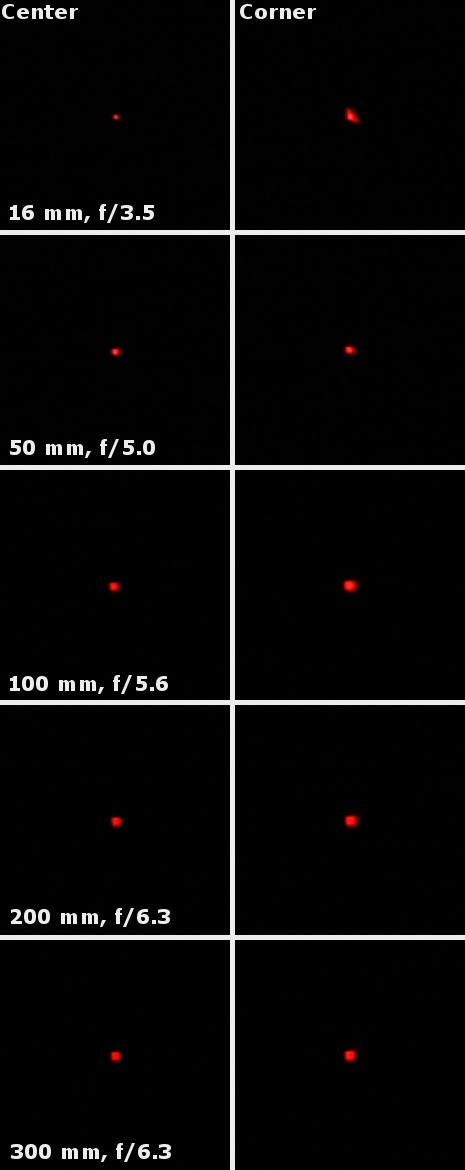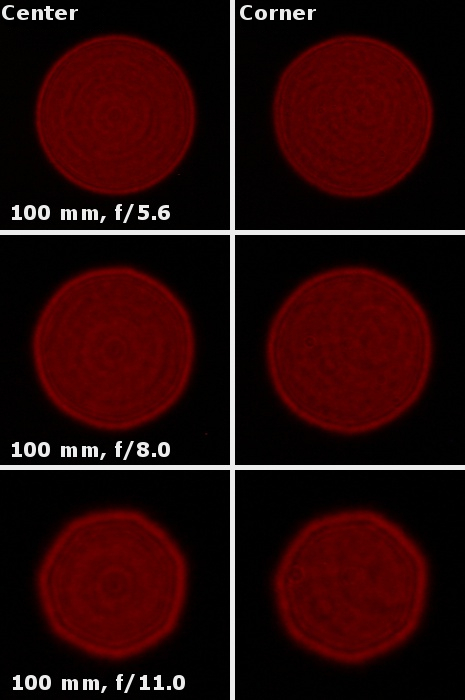Tamron 16-300 mm f/3.5-6.3 Di II VC PZD MACRO
7. Coma, astigmatism and bokeh

The astigmatism, understood as an average difference between horizontal and vertical MTF50 function values amounted to 12% so it can be bothersome, especially near the maximum relative aperture. It is also an important factor contributing to the worsening of the image quality; still its level can hardly be called high.
Please Support UsIf you enjoy our reviews and articles, and you want us to continue our work please, support our website by donating through PayPal. The funds are going to be used for paying our editorial team, renting servers, and equipping our testing studio; only that way we will be able to continue providing you interesting content for free. |
- - - - - - - - - - - - - - - - - - - - - - - - - - - - - - - - - - - - - - - - - - - - - - - -
The appearance of defocused light points is not perfect – you can notice a lot of concentric rings and the intensity of the outer rim increases on stopping down. In the middle of the focal range the situation seems to be more stabilized - the appearance of circles you get in the frame corners doesn’t differ much from their appearance in the centre.







